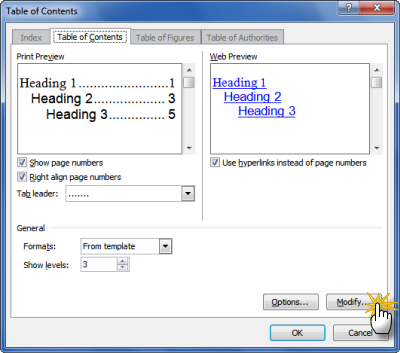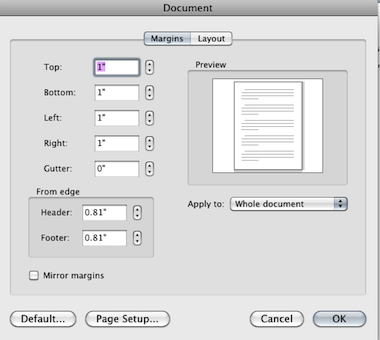

Your alternate language pages are stored in a folder in the Site Pages library with a 2-letter name for the language. Here is what you need to understand: your primary or default language pages are stored at the “root” of the Site Pages library. This view is critical to helping you monitor the possible “gotchas” listed below in your multilingual site. Create a custom view to make it easy to manage your multilingual pages Check to see that the URL for your page matches the title on the page prior to moving on to create translations of the page.Ĥ. When you first create a page, it will get a temporary name created by SharePoint. When you are creating pages in your site, wait to make sure that the title for the page as been added as the URL prior to clicking the Translation button. You cannot have a French page that does not have a corresponding page in English. In other words, if your site language is English and you want the pages to also be available in French, you must create each page in English first and then make a French translation. The default language is especially important for multilingual sites because every page must be created in the default language. All pages must be created in the default or primary language
Can i default the header and footer to always show in microsoft word for mac how to#
Learn how to create a communication site and select the default language. If your site is primarily for a local audience, you may want to choose an alternate default language if your governance policies allow for this.

If your site is for a global audience, choose English as the default language. Think carefully about the audience for the site as well as the primary language of the content authors.

Microsoftįigure 1. Select a default language when you create the site. You will get the opportunity to select the site language after you have entered the Site name. The default language is selected when you create the site and cannot be changed. Choose the site language when you create the siteĮvery communication site has a default language. You will most certainly want to follow the steps in Tip 4, which recommends a simple view to help manage your multilingual pages.ġ. Tips and best practicesĮven though the documentation is helpful, there are a few things you will want your owners and authors to know about that are not documented or need to be emphasized. The documentation is very thorough and walks you through the basic "how to" information for site owners and content editors. Please review Microsoft’s documentation and short video on how to create multilingual sites to learn how this feature works and how to enable it for your site. The process is relatively easy – but there are a few things you will want to make sure site owners and content authors know about prior to launching this great capability in your environment. You can create pages and news in a user’s preferred language, and you can show site navigation, the site title, and the site description in the preferred language. If you want to exit the Print Setup screen without printing, click Done in the inspector.Ĭhanges you make to headers and footers are saved as part of the spreadsheet.Microsoft 365 now supports the ability to create intranet sites in multiple languages.To print your spreadsheet, click Print at the bottom of the sidebar.To remove page numbers, click in the footer, select the page number, then press delete on your keyboard.To continue page numbers from the previous sheet, in the Print Setup sidebar choose "Continue from previous sheet." By default, page numbers appear in the center of all footers in your spreadsheet.To make it easier to edit header and footer content, click the Zoom pop-up menu in the toolbar and choose a zoom level. To edit the headers or footers for the sheet, move the pointer over the top or bottom of the sheet until you see three fields, click a field, then enter the content.

Each sheet can have unique information in its headers and footers.


 0 kommentar(er)
0 kommentar(er)
